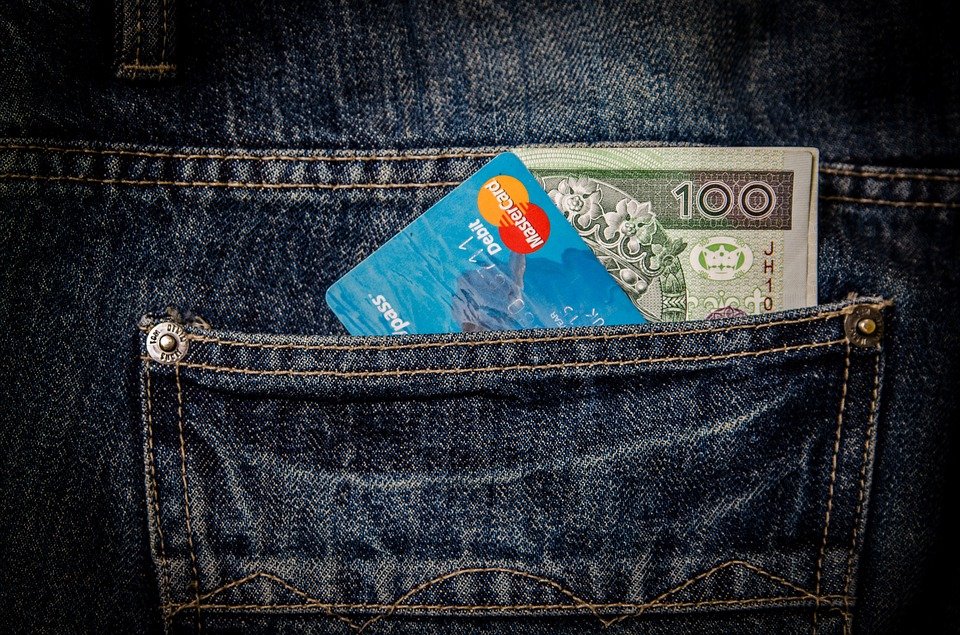Whether you own a single rental unit or a multi-family apartment, one of the most important aspects of the rental business is collecting rent from your tenants. After all, the rental income is what keeps the lights on and puts food on the table. If you’ve invested your life savings in a property to make it habitable but a tenant never pays for it, you’ll have wasted your time and money.
Unpaid rent can put your business in a sticky situation. Although it’s important to have a good working relationship with your tenant, those relationships won’t do you any good if you aren’t getting paid.
In this post, we’ll discuss how you can find the best ways to collect rent from your tenants professionally – without stirring conflict.
Set the Right Tone from the Start
First things first: It is important to straighten out the details with your tenants before agreeing to any lease. Will you get paid via direct deposit? Bank transfer? PayPal? Venmo? Check? Face-to-face payments? And, how soon after the month starts do you expect to get paid?
As a landlord, you should provide a level of convenience to tenants, but there’s a fine line that should not be crossed.
Pro tip: Hire a property manager. These professionals are very efficient at collecting rent on time and taking on a landlord’s administrative duties.
1) Bank Draft
Bank drafts are very secure and give you a paper trail to document. This method isn’t always convenient to tenants because it requires a fee to create a bank drafty, and the tenant may have to visit their bank in person.
2) Money Order
A money order is a secure form of payment because it is based on prepaid funds issued by banks and post offices. They may be ideal for one-time payments but are not convenient as a long-term payment solution because they require tenants to go out every month to get one.
3) Direct Deposit
This is a popular method among landlords and tenants alike because it keeps everything simple. It’s convenient because nearly everyone has access to the internet and phone banking. Thanks to the added advantage of digital records, you will always have a paper trail that can sort out any doubts about getting paid later on.
The only disadvantage is a small fee for the transfer, but it’s usually a small percentage. Another disadvantage is that you may not get paid until the tenant can access their online account. This could be a problem if they are away or do not have internet access.
4) PayPal
PayPal is relatively easy to set up and use. It connects with a user’s bank account and allows them to move money to 1 PayPal account or bank account in exchange for a small fee. A big advantage of PayPal is that you only have to provide your email address to receive payments. This way, you can keep your financial information more secure.
Alternatives to PayPal include Venmo, Zelle, Apple Pay, Square, and various online rent collection services.
Pro tip: Your property manager will know which option works best for you – both in terms of convenience and saving money.
5) Automatic Online Transfer
This method is convenient for the landlord and tenant alike. Automatic payments act as a recurring charge on the tenant’s account within a specified date. This allows landlords to receive their rental income quickly. It also saves renters from penalties in case they forget to pay the rent.
Choosing a Convenient Method
The right form of payment depends on your situation, as well as the number of properties you own. If you own several properties, establishing a single form of payment will be easier to keep track of payments coming in. Hiring a property manager is a great way of helping you collect and track rent payments.
Ready to get started? Click here to find the best property managers near you.


